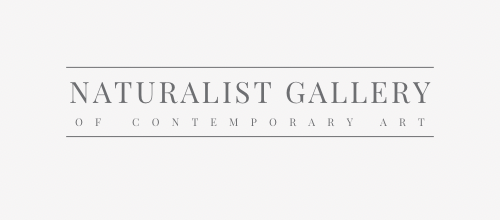Watercolor painting is a popular, accessible yet challenging medium.
Master watercolor with these essential tips: use quality materials, work from light to dark, control water-to-paint ratio, explore wet-on-wet & wet-on-dry, preserve white space, create color harmony, focus on center of interest, practice drawing skills.
Whether you're a novice or looking to enhance your skills, these 10 essential tips will help you create stunning watercolor artworks.
Explore our curated selection of contemporary artists from around the globe.
Naturalist Gallery offers artist representation internationally. Apply your art.
-
Begin with the Right Materials

Invest in quality materials like watercolor paper, paints, and brushes. Using subpar materials can lead to frustrating results and hamper your progress. -
Work from Light to Dark

Start with light colors and gradually build up to darker ones. This approach preserves the transparency of watercolors and ensures your lighter tones remain visible. -
Master the Water-to-Paint Ratio

Adjust the water-to-paint ratio based on your desired effect. More water creates lighter colors and softer blends, while less water produces bolder colors and defined brushstrokes. -
Understand Wet-on-Dry and Wet-on-Wet Techniques

Explore two fundamental techniques: wet-on-dry (applying wet paint on dry paper) for control and crisp edges, and wet-on-wet (applying wet paint on wet paper) for fluid, unpredictable effects. -
Be Mindful of Dry-Time

Dry-time varies depending on your desired outcomes. Avoid layering wet paints too much, as it can lead to muddy colors. Patience and practice are key. -
Mix Colors Strategically

Plan and prepare your color palette before painting. Mixing more paint than you think you'll need ensures consistent color throughout your artwork. -
Preserve White Space

Since watercolor is transparent, the white comes from the paper. Plan ahead to preserve white areas and consider using masking fluid for reserved highlights. -
Create Color Harmony

Limit your palette to two or three colors for a harmonious effect. Use color tie-ups to unify the painting and avoid discordant areas. -
Focus on Center of Interest

Choose a focal point for your artwork with the strongest tonal contrast and vibrant color. Place it slightly off-center for a dynamic composition. -
Practice Drawing Skills

Improve your drawing abilities to lay a solid foundation for your watercolor art. Thumbnail sketches help plan compositions and aid in arranging tonal contrast.
View limited edition prints by contemporary artists at Naturalist Gallery.
With these tips, your watercolor journey will be more organized and rewarding. Embrace experimentation and practice regularly to unlock the full potential of this beautiful and captivating medium. Happy painting!
You may also find the following articles helpful:
En Plein Air Painting: Art Made on Site
Understanding Chiaroscuro in Art
Oil Painting Tips for Beginners: Mastering the Practice
What is Tone in Art: Understanding Color Value
Comparing All Paint Mediums: A Comprehensive Guide
Mastering Acrylic Painting: 21 Tips for Beginners


